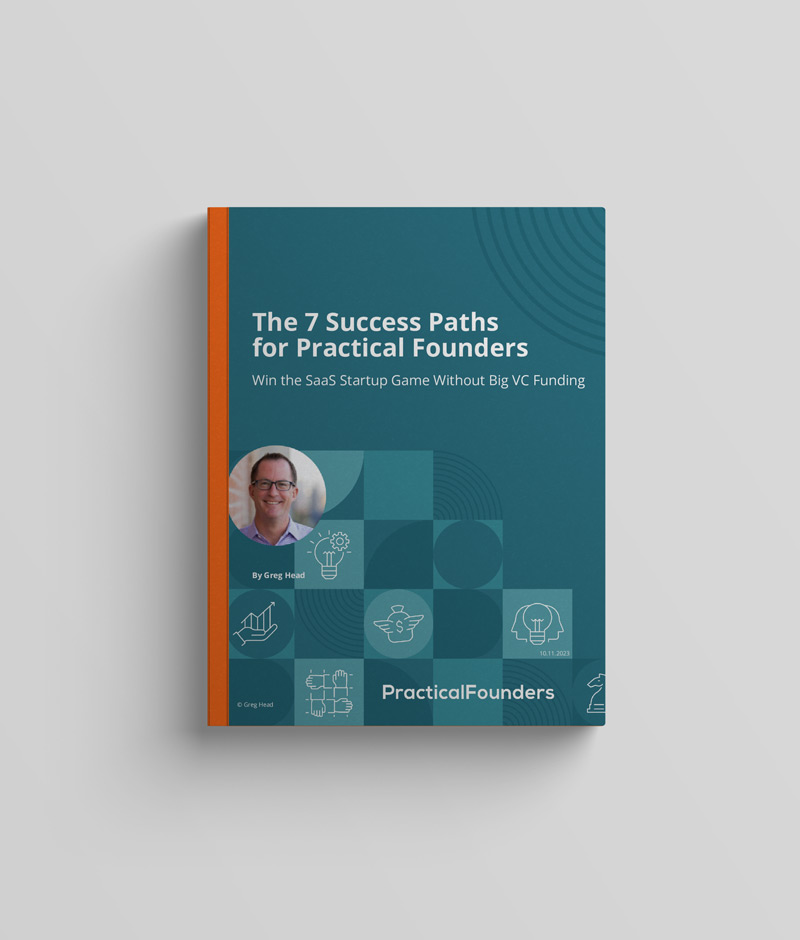Profit is profit, right? Not in the software business, where all profits are not equal.
Here are 11 different definitions of SaaS profit used this year in SaaS:
Dream Profits – If we grow fast enough and throw enough money at it, someday we’ll be big enough to slow down spending and let the profits roll in. Except we never got there. Now we’re stuck.
Reluctant Public Profits – Okay, okay. You want us to make some profits after all these years of being a huge public tech company, so we’ll eke out some profits on paper, but we still have huge teams, crazy compensation, and slightly less crazy spending.
Monopoly Profits – We don’t say that M-word out loud, but we’re a big and dominant software company that gushes 40-50% operating profits when we don’t go crazy on staff, amenities, and equity comp. META, GOOG, MSFT.
Ramen Profits – We are breakeven or slightly profitable, but our startup business doesn’t pay the founders much, and we are crazy frugal about everything. We can go on like this for a while but not forever.
Cash Flow Profits – On paper, our SaaS business doesn’t show much profit, but we get annual and 2-year contract payments up front, so we have more than enough cash to handle payroll and growth for the year.
Rule of 40 Profits – Our growth rate and profit percentage numbers add up to 40. We want to grow consistently and be in charge of our own destiny with real profits. We could spend more to grow a little faster, but we don’t. We might take some outside funding, but only for founders to sell secondary shares and take some money off the table.
Rule of 100 Profits – Our growth rate % and our profit % numbers add up to 100. Something amazing is happening in our business. The market is pulling us hard and paying us well, but we don’t have to spend much. We don’t need or want VC funding.
Founder Funding Profits—We’re not going to grow much bigger from here, but we reached $3M-$10M in ARR without VC funding. The founder(s) take $1M or more in cash distributions every year. We are paying ourselves back for the years of investing our time and capital. Small exits each year add up.
Paper Profits—Our financial statements show we are making money but we still have to fund growth with debt and outside investment.
Section 174 Profits – We are not making a profit, but the US Congress left the stupid Section 174 ruling in the tax code, so we can’t expense most of our R&D spend this year, we have to capitalize it over five years. So we’re not profitable or cash-flowing, but I have to report profits and pay taxes on that!
Private Equity Profits – I sold my healthy software business to a private equity firm, and they immediately raised prices, laid off people, added a bunch of debt, and pissed customers. So now it’s more profitable, but the profits go to the lenders and the PE owners, not back into the business.
They all have their place. Choose wisely.


